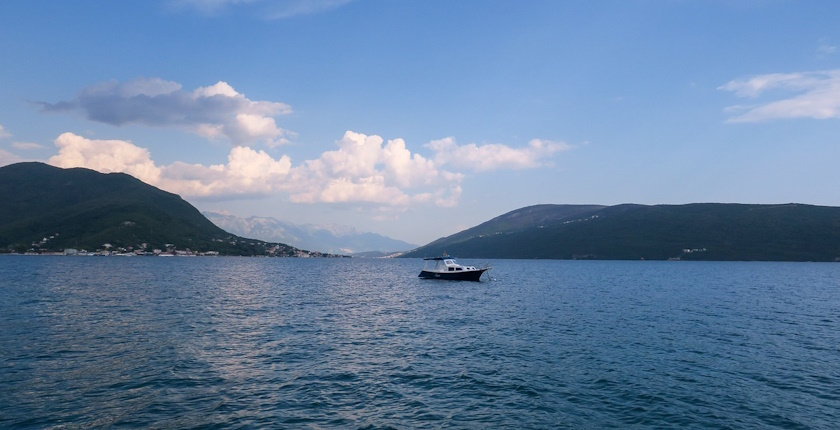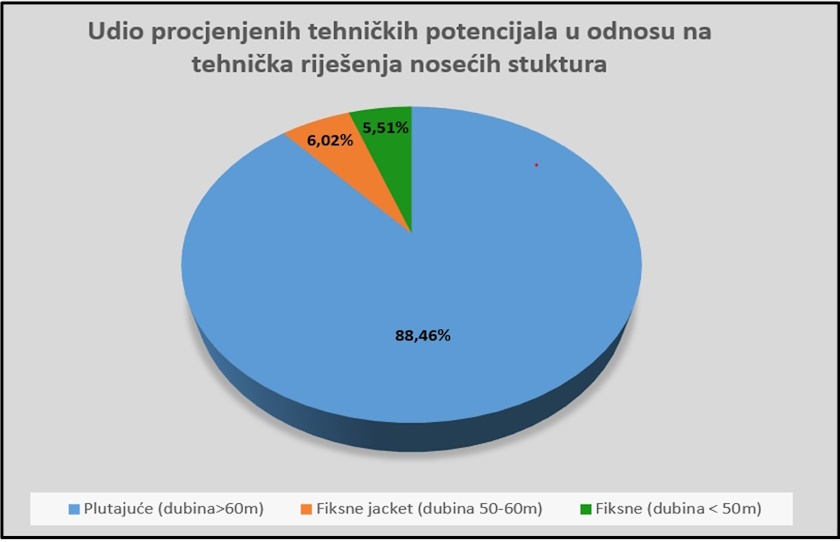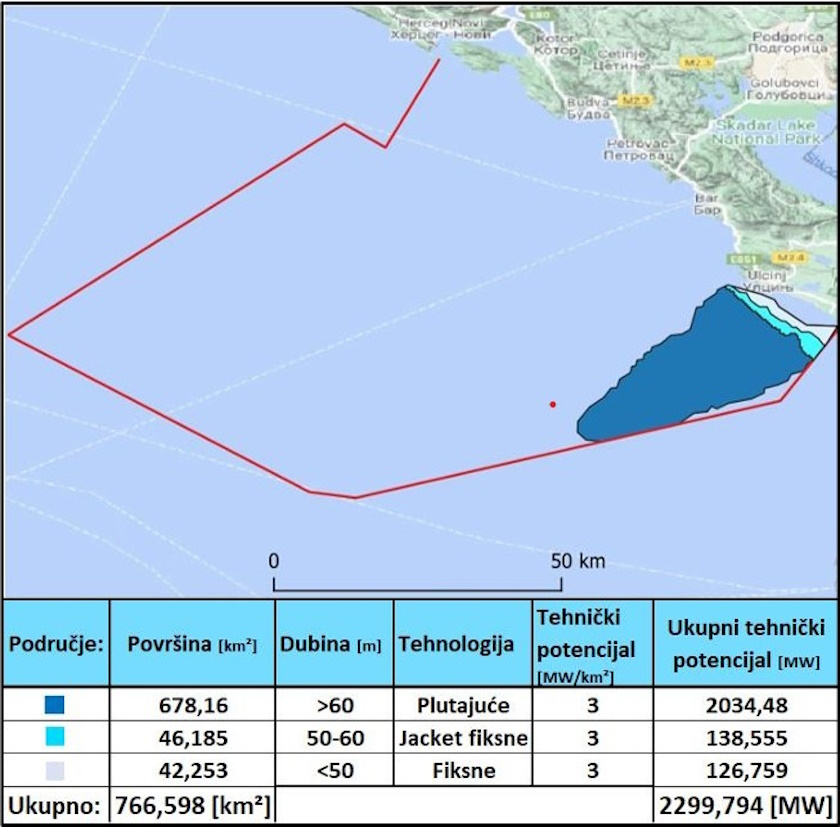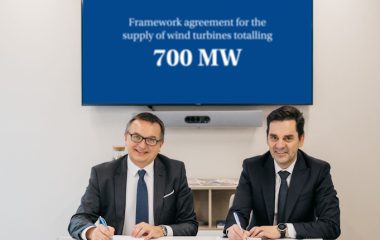
Photo: Anastasiia from Pixabay
Montenegro has the potential to build 2,300 MW of offshore wind farms, which represents a twice as much as the current installed capacity of all power plants in the country, according to Winds of Change: A Study on the Resource Viability of Offshore Wind Energy in Montenegro.
Miloš Bogdanović from Kotor, Montenegro, and Špiro Ivošević, professor at the Faculty of Maritime Studies in Kotor, authored the study. The basis for its preparation is Bogdanović’s master’s thesis on the potential of offshore wind in Montenegro, which he recently defended. The study was published in international scientific journal MDPI Energies.
Bogdanović told Balkan Green Energy News that Montenegro is significantly lagging in offshore wind farm development, especially considering the fact that the first such facility was built in Denmark already in 1991.
The area suitable for wind farms is estimated at 766 square kilometers
He stressed that the results of researching average annual wind speeds have enabled the precise determination of an area estimated to be suitable for the construction of offshore wind farms. An analysis of bathymetry databases for the defined area led to the idendification of the necessary technical solutions for the supporting structures of wind turbines.
The authors concluded that a wind farm could be built on a single lot with a surface of 767 square kilometers. It is located south of the municipality of Ulcinj, along the maritime border with Albania, Bogdanović explained.

The shortest distance between the specified area and the coastline (Cape Đeran or Rt Đeran) is approximately 1.4 kilometers, while the furthest point is 47.8 kilometers away.
The estimated technical potential of the identified area is 2,300 MW. According to the study, most of it, 2,030 MW, could be utilized with floating structures, because the sea depths are greater than 60 meters. At less than 50 meters, bottom-fixed towers, monopiles, can hold 127 MW. Jacket structures, also fixed at the seabed, are suitable for the remaining 139 MW, the document reads.
Bogdanović pointed out that unlike fixed structures, which have been successfully applied worldwide for over three decades, floating solutions are innovative technologies, commercially implemented for the first time in 2017.
Although the current installation costs of offshore wind farms using floating structures are significantly higher than for bottom-fixed turbines, they are expected to decrease a lot by 2028 and become competitive, he stressed.
State sea planned for oil and gas exploration

The study notes the identified maritime area suitable for wind farms is state-controlled, so that there would be no expropriation issue like it is often the case with onshore wind farms.
The current legal framework doesn’t recognize offshore wind farms generating electricity, thus the first condition is to introduce the activity, the authors said.
The study suggests that the government needs to declare an exclusive economic zone in line with the 1982 United Nations Convention on the Law of the Sea (UNCLOS), following the example of Croatia.
The identified sea area extends across seven offshore blocks that the government designated for hydrocarbon exploration and production.
The technical wind potential of the area is defined as the product of the sea surface of the area with average annual wind speeds from seven to eight meters per second and a value of 3 MW per square kilometer.




















Be the first one to comment on this article.